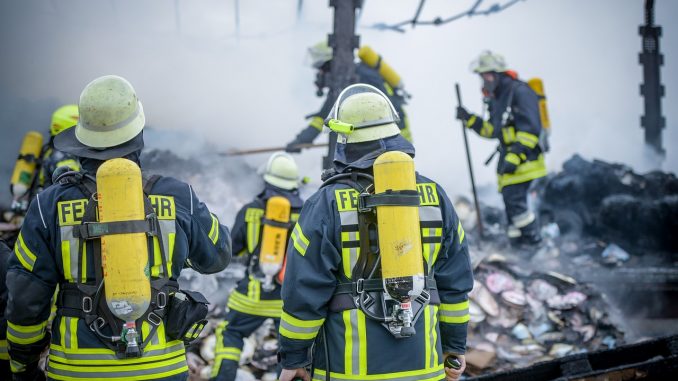
The path to becoming a firefighter is both challenging and rewarding, requiring individuals to undergo comprehensive training to effectively handle emergencies and safeguard communities. One of the common questions aspiring firefighters often ask is, “How long is firefighter training?” In this article, we will explore the duration of firefighter training, the key components involved, and the journey aspiring firefighters embark upon to serve and protect.
The Training Process:
Firefighter training is a multi-faceted process that equips individuals with the necessary skills, knowledge, and physical fitness to respond to various emergency situations. The duration of firefighter training can vary based on several factors, including the specific requirements of the fire department and the level of training the individual is seeking.
- Basic Firefighter Training: The foundational stage of firefighter training is often referred to as basic recruit training. This stage typically lasts anywhere from 8 to 12 weeks, depending on the specific curriculum of the training program. During this period, recruits undergo rigorous physical conditioning, learn essential firefighting techniques, and gain a fundamental understanding of emergency response protocols.
- Specialized Training: Following basic training, firefighters may undergo specialized training based on their department’s needs and the individual’s career goals. Specialized training can include hazardous materials response, technical rescue, and emergency medical services. The duration of specialized training varies but can range from a few days to several weeks, depending on the intensity and complexity of the skills being taught.
- Probationary Period: Once formal training is completed, new firefighters often enter a probationary period, during which they work under the guidance of experienced firefighters. This phase allows recruits to apply their training in real-world scenarios, further honing their skills and adapting to the demands of the job. The probationary period typically lasts six months to a year.
- Continuous Professional Development: Firefighters are expected to engage in continuous learning throughout their careers. This includes attending regular training sessions, workshops, and seminars to stay updated on new technologies, techniques, and safety protocols. Professional development is an ongoing process that ensures firefighters remain well-prepared for evolving challenges.
Factors Influencing Training Duration:
- State and Local Requirements: Different states and municipalities may have varying requirements for firefighter training. Some regions may have more stringent standards, leading to longer training durations to meet specific criteria.
- Training Program Structure: The structure of the training program itself can impact its duration. Full-time, immersive training programs may have a shorter overall duration compared to part-time or weekend programs designed for individuals who are working or attending school concurrently.
- Individual Progress and Aptitude: The pace at which individuals grasp and apply firefighting concepts can influence the overall duration of their training. Some may progress more quickly, while others may require additional time for mastery.
Conclusion:
In conclusion, the duration of firefighter training can vary, but it generally involves a combination of basic training, specialized instruction, a probationary period, and ongoing professional development. The training process is designed to prepare individuals for the dynamic and challenging nature of firefighting, ensuring they are well-equipped to respond to emergencies and protect their communities. Aspiring firefighters should embrace the journey, recognizing that the training they receive is a crucial investment in their ability to serve and save lives.

Leave a Reply